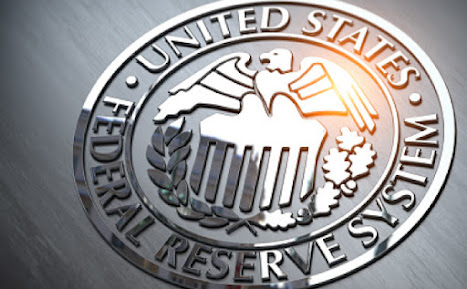The Federal Reserve's quarterly survey of senior loan officers has revealed that banks have tightened lending standards for businesses and households in the first quarter and expect to continue tightening for the rest of 2023. The survey is a further indication of the challenges faced by the banking industry, which could pose a threat to US economic growth. In fact, the Fed has warned in a separate report that a contraction in credit could be a near-term risk to the financial system. Banks had already been tightening standards before the turmoil of the first quarter, and the new survey confirms that the squeeze on credit availability persisted and is expected to continue for much of the year.
Bank officers also reported that demand for new loans weakened in the first quarter, particularly for commercial and residential real estate, commercial and industrial, and auto lending. The effects of the banking panic will be felt over time, and large proportions of banks of all sizes plan to tighten standards further over the rest of the year.
Bank officers surveyed by the Fed cited a variety of reasons for the tightening, including deteriorating credit quality, reduction of risk tolerance, deposit outflows, and concerns about bank funding and liquidity. Deposit balances at US commercial banks have fallen by $521 billion between the beginning of March and the third week of April, according to Fed data.
Banks have not pulled back on lending entirely, as commercial loans and leases continue to rise at all banks, although at a slowing pace. However, the use of the phrase “tighter lending” tripled during first-quarter earnings calls, according to analysis from Bank of America, and firms in the financial and real estate sectors mentioned the phrase the most.
One sector under close scrutiny is commercial real estate, which relies heavily on US banks for funding. The fear is that if borrowers are forced to refinance office towers or shopping centers at higher rates, it could cause a wave of defaults across the US. Banks hold about 60% of commercial real estate loans, according to the Fed, and a material decrease in commercial property prices could lead to credit losses for banks with sizable exposure to commercial real estate.




.jpg)

Social Plugin